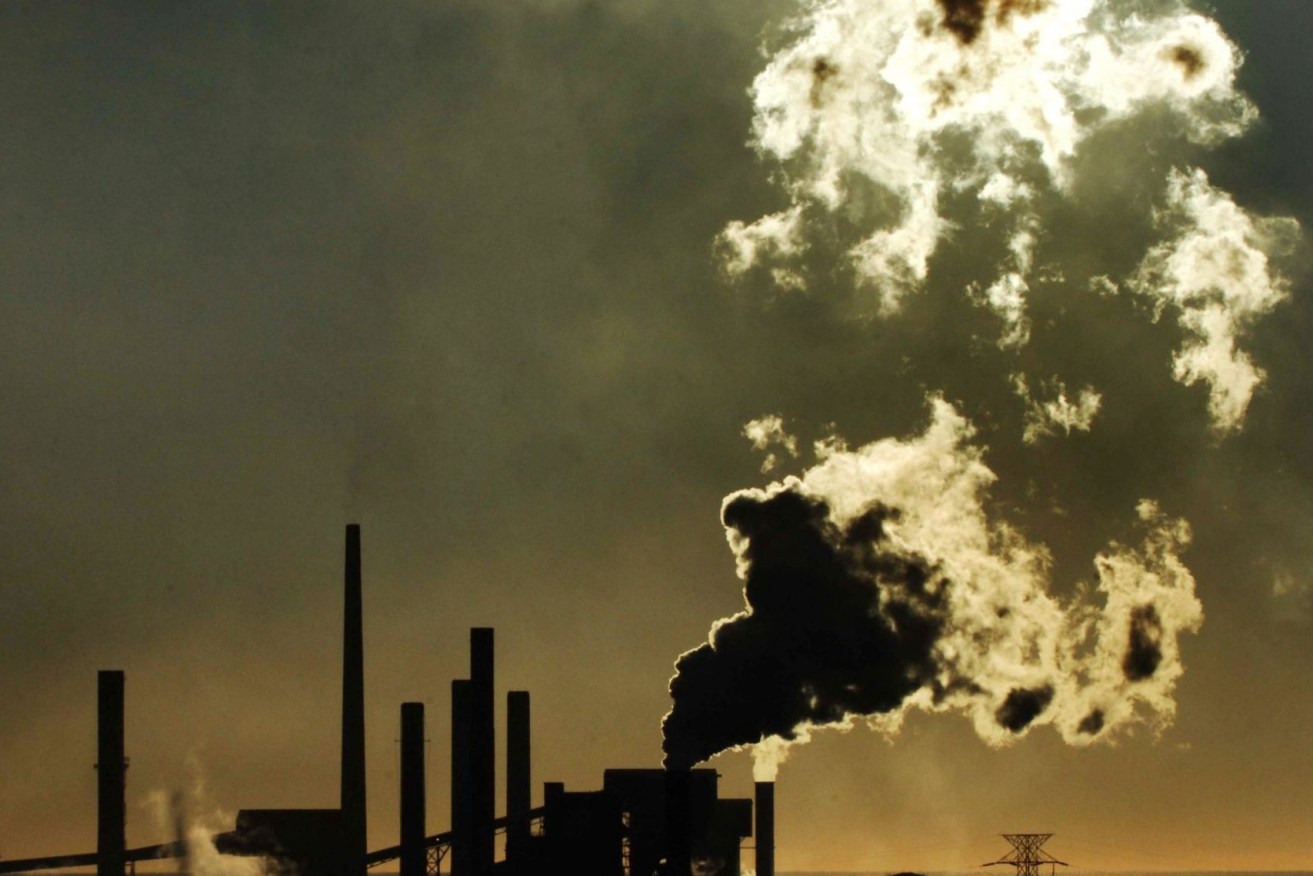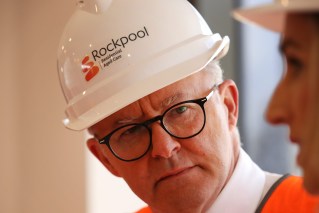Why the premier’s Climate Change Bill appears to be relying on a lot of hot air
When Premier Steven Miles introduced a new emission reduction Bill to Parliament last week, Labor was congratulating itself on leading the way in dealing with climate change, but it was really nothing more than an election year magic act.


The plan could keep fossil fuels alive (Photo: Dean Lewins/AAP)
As high-minded as it seems at first glance, the climate change legislation leaves a vacuum big enough to make Godfreys jealous.
There is nothing here to celebrate. It is 15 pages of intent that has left business asking one significant question: How the hell are you going to do that?
The answer so far is a plan to have a plan.
To understand what is going on here Queenslanders need to know that much of the intent of the Bill is not about climate change at all.
Sure, if the Clean Economy Jobs Bill gets passed it would have some ambitious goals, but the real potency of the Bill is directed across the table at the LNP and trying to force it to show its hand on climate change and coal before the election.
It also allows Labor to go into the electorate, which has started to look at the Greens as an alternative, with an ambitious goal and it means that climate is likely to be front and centre of the election campaign.
There are three benchmarks in the Bill. The first is a reduction in net greenhouse gas emissions in Queensland at least 30 per cent below the net greenhouse gas emissions on 2005 levels by June 2030. That’s pretty much a certainty. It’s already at 29 per cent.
By June 2035, net greenhouse gas emissions in Queensland would be reduced to at least 75 per cent and net zero by 2050.
That’s a massive cut between 2030 and 2035 and there is no detail on how that would be achieved.
However, there is nothing in the Bill apart from a couple of dates as well as plans to have plans.
Cynical? You bet, but this is politics 2024-style. If you’re not cynical, you’re not paying attention.
In the background of this plan to reduce emissions, It has to be remembered that the Queensland Government is one of the biggest problems. Through its ownership of CS Energy and Stanwell it is among Australia’s biggest emitters of greenhouse gases, which just adds another layer of cynicism.
It’s clever politics by Miles on several levels, not least because this summer a lot of Queenslanders have been impacted by climate disasters and there are very real concerns about who will be next.
The second issue is that each sector of the economy has to have a kind of road map on emission reductions and every new mine will have to have decarbonisation plans.
At the moment there are no road maps and no detail on decarbonisation or what it could include, like carbon sequestration or offsets. It is really just a lot of question marks.
Queensland Resources Council’s acting chief executive Judy Bartram is demanding extensive consultation on industry-specific plans so that targets can be met without costing jobs and investment.
Business Chamber Queensland’s business sustainability general manager Cara Westerman said the reduction targets were ambitious but, if realised, would go a long way in securing Queensland on the path to net zero and leading carbon emissions reduction standards in Australia.
“But, as with any legislation, the state’s business community needs to know how this will be realised, what their role is as a business and employer and what they need to do to be competitive and compliant in the lead up to and beyond 2035,’’ she said.
“We know business will be integral in the state achieving this target, collectively the state’s business community has a big role to play. Businesses need support to transition to this low carbon future.
“Certainty and security in climate and energy policy is critical, to allow businesses to plan and invest for their important part in this transition.’’
In the US, they have what is known as Sentiment Bills. Over there, legislators introduce Bills to show the public they are ready to act in a certain way knowing all the time that the Bill won’t get passed, mostly because they don’t have the numbers.
It allows them to spruik their ideals.
It’s impossible know if this just a Sentiment Bill, but Premier Miles is a former Environment Minister so we have to accept that on face value that eventually there will be detail. It just seems to be a very odd way of doing it.
The Bill appears to be more about forcing Opposition Leader David Crisafulli to either back it, produce his own plan (which can be picked apart) or face Government campaign that paints him as a climate change denier, which won’t do him any favours in those inner-city seats.
Right now, the LNP is saying it wants to see the detail and modelling, which is reasonable.
The reason there isn’t detail is because either because the Government has no idea about how to achieve it, or (more likely) it doesn’t want to provide ammunition to the LNP to run a scare campaign.
Another notable issue is Queensland’s achievement in getting a 29 per cent emission reduction on 2005 levels. This has been done by avoiding land clearing.
That’s a good achievement and good politics because it has come with little or no pain to Labor’s base.
“This shows we can do it,’’ Miles said.
Does it? As laudatory as it is, stopping land clearing is not all like stopping a coal mine from emitting methane or shutting down coal fired power stations or making hydrogen viable or getting the transport sector off to electrify.
The Bill heads off now to the committee process where it gets input from business and other sectors of the community.
There is no timing on when it will return to the House or if it will before the election.












